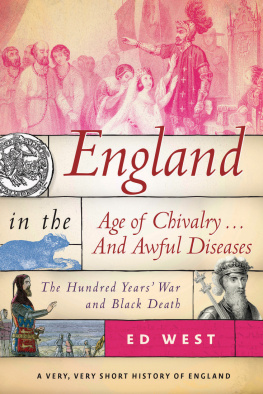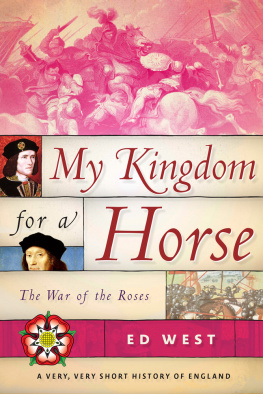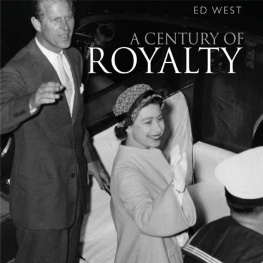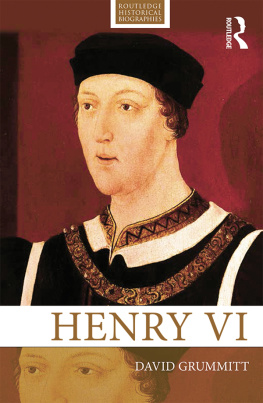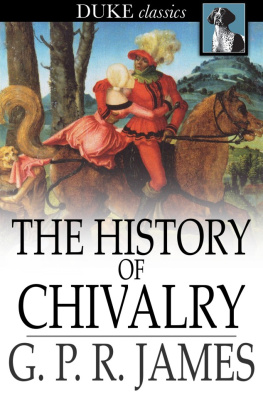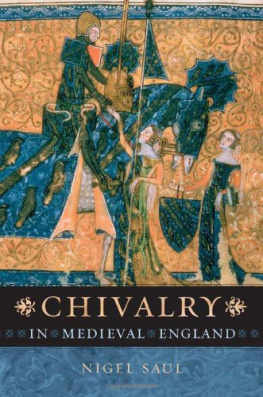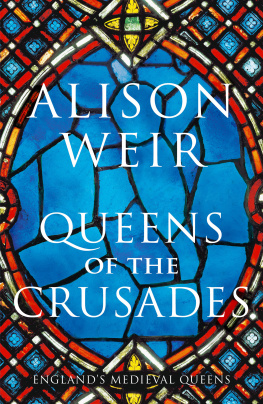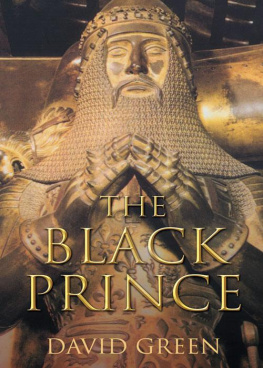Copyright 2018 by Ed West
All rights reserved. No part of this book may be reproduced in any manner without the express written consent of the publisher, except in the case of brief excerpts in critical reviews or articles. All inquiries should be addressed to Skyhorse Publishing, 307 West 36th Street, 11th Floor, New York, NY 10018.
Skyhorse Publishing books may be purchased in bulk at special discounts for sales promotion, corporate gifts, fund-raising, or educational purposes. Special editions can also be created to specifications. For details, contact the Special Sales Department, Skyhorse Publishing, 307 West 36th Street, 11th Floor, New York, NY 10018 or .
Skyhorse and Skyhorse Publishing are registered trademarks of Skyhorse Publishing, Inc., a Delaware corporation.
Visit our website at www.skyhorsepublishing.com.
10 9 8 7 6 5 4 3 2 1
Library of Congress Cataloging-in-Publication Data is available on file.
Cover design by Rain Saukas
Print ISBN: 978-1-5107-1988-0
Ebook ISBN: 978-1-5107-1993-4
Printed in the United States of America
Contents
Introduction
I n February 1308, the king and queen of England were crowned at the newly finished St. Pauls Cathedral in London, a heavily ritualized coronation ceremony that dated back to the time of the Vikings and represented Gods anointment of the monarch.
The new queen, Isabella, was the twelve-year-old daughter of Frances King Philippe Le Bel, the handsome, and had inherited her fathers good looks. With thick blonde hair and large blue, unblinking eyes, she possessed great intelligence and cunning, cruelty as well as compassion, and a skill for hiding her feelings. Her new husband, King Edward II, was a brainless, boneheaded man of twenty-four years whose idea of entertainment was watching court fools fall off tables.
It was a fairy-tale coronation for the young girl. Well, apart from the fact that a plaster wall collapsed, bringing down the high altar and killing a member of the audience. And that the king was gay, and spent the afternoon fondling his lover Piers Gaveston while ignoring the queen.
Edward had put Gaveston, newly created as Earl of Cornwall, in charge of the ceremony, and the king and keeper of the realm sat side by side beneath a coat of arms displayed on the wall, arms not of the new royal couple but the king and earl. After the ceremony, Edward went and sat with his minion rather than the queen, and the two continued to touch each other throughout.
Gaveston also upstaged Isabella on her special day by wearing flamboyant clothes, according to one eyewitness so decked out that he more resembled the god Mars than an ordinary mortal. The royal favorite was dressed in imperial purple embroidered with pearls, a provocatively regal outfit unsuitable for a courtier from a minor noble family, probably done deliberately to annoy the queen and her relatives. Most insulting of all, Gaveston was wearing the jewels that Isabellas father had given to Edward as his wedding present; the French kings other gifts, including prize warhorses, had also been handed over to his lover. A London chronicler said rumors circulated that the king was more in love with this artful and malevolent man than his bride, that truly elegant lady, who is a most beautiful woman.
And to cap it all off, Gaveston was put in charge of the catering and managed to ruin it all with undercooked chicken. Understandably, the new queen was rather upset by the days events, while her uncles, Louis and Charles, stormed out of the coronation banquet and returned to France, after seeing that the king frequented Pierss couch more than the queens. (Visiting England, they must have been prepared for the worst on the culinary front.)
Gaveston also managed to hugely irritate the countrys leading barons that day. The Coronation is a heavily symbolic and ancient event that day. dates back to King Edgar in 973, and like the Frankish ceremonies it was based on, it represented divine approval. But for everyone who was anyone, it was also a big party in which they got to show how important they were. Instead, Gaveston was given roles that were traditionally carried out by the great noble families who, it must be remembered, also had their own private armies. He got to carry the crown, as well as the curtana , the sword of mercy, which was placed on the altar until redeemed by the king with an offer of gold; and he got to do the fixing of a spur to the kings left foot. That Gaveston landed these roles angered the leading barons so much it began a feud so bitter that after twenty years most of the leading players had been brutally murdered.
Edward and Isabellas marriage, rather unsurprisingly, did not end well; but the uniting of the English and French royal families that resulted from their wedding was a far bigger disaster. King Philippe died in 1314, months after burning to death the leaders of the chivalric order the Knights Templar, whose Grand Master had shouted from the flames a curse on Philippe and his house. His three sons would all die young, none of them leaving male descendants. Only one of Philippes grandsons would survive to become a king, Isabellas son Edwardand his claim to the French throne would then plunge the two countries into a bitter, horrific conflict that in the Victorian age became known as the Hundred Years War.
Over the next few decades, France would be devastated by enormous bands of desperados, criminals, and bloodthirsty mercenaries plundering the countryside, to such an extent that large numbers of people took to living in caves. Whole towns were destroyed and their populations murdered. It was the worst war of the European medieval period, but it also marked its end, as the dominance of aristocratic knights was destroyed first by the longbow, and later by firearms.
Historians call this period the crisis of the Late Middle Ages and one reason it appears so grim is that for so long people had finally been having it goodwell, relatively. After centuries of chaos and misery traditionally called the Dark Ages, western civilization had in the twelfth century exploded: the first universities were founded, literacy vastly increased, Europe produced great philosophers for the first time in centuries, cathedrals were built, stone houses replaced wood, internal warfare declined, and in most areas of technology Christians equaled the ancients. The feudal anarchy of the eleventh century, a war of everyone against everyone, evolved into increasingly stable and organized central authorities, with Church-sanctioned peace creating the conditions for trade, industry, and art.
The population swelled, as did levels of trade with the continent. Cities like London for the first time reached their Roman-era numbers. A rising population meant a bigger pool of labor and more hungry mouths, before agricultural technology had allowed Europe to escape the Malthusian trap, which is the theory first pointed out by Rev. Thomas Malthus that population growth exceeds food production and so leads to famine. (Agricultural improvements in the past two hundred years have so far disproved this, but until then it was not possible.) The real wage rates of English farm workers, which can be calculated from the early thirteenth century onward, had plunged to their lowest yet. Immense pressure was placed on resources and diet; people were a lot smaller than two centuries earlier, with many suffering from bone diseases and weakened immune systems.
The mild weather of this era, an unusually hot few centuries called the Medieval Warm period, had allowed Europe to produce more foodbut now the earth cooled and, as a result, in 1315, the spring after the Templars were burned in Paris, the continent was hit by severe rains and the crops failed. The Great Famine of 13151317 killed as many as one in ten people in England, but even this was not the worst thing that happened that century. That dubious honor went instead to the Black Death, the rat-borne disease of the 1340s that ended the lives of between a third and a half of Europe. The population of England, five million in 1300, had fallen to just half that a century later.

